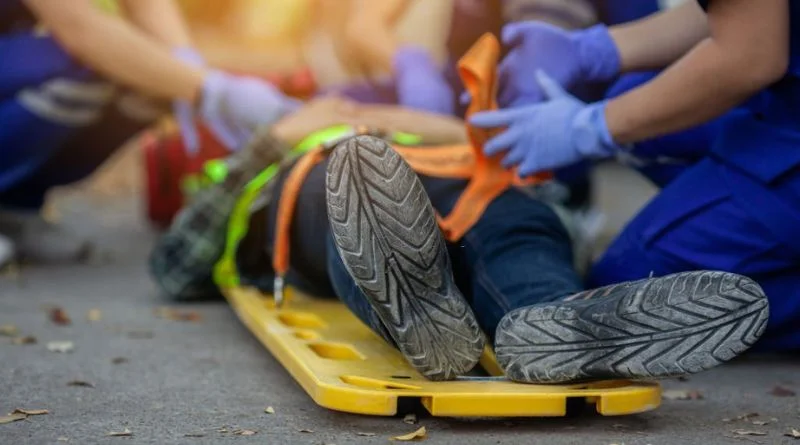Ten Tips To Prevent Injuries on Construction Sites
The saying goes: If you fail to plan, you plan to fail. That’s also true in the construction industry. With all the hazards, demanding labour, obstacles and jaw-dropping heights that a construction site brings, tips, plans, and procedures go a long way in minimising accidents and increasing safety.
Ten Safety Tips
The ten tips below will help ensure that the construction site is safer.
1. Personal Protective Equipment (PPE)
Protective gear helps protect against construction-related risks that could result in head injuries. Engineers, architects, and occupational safety experts develop buildings with safety in mind to enhance protection and effectiveness. There is a risk of injury on building sites because of falling objects, low-hanging hazards, exposed wires, and obstacles.
2. Safety Signs
Construction signs are needed so that the business follows workplace occupational health and safety regulations. There are many signs on construction sites, each with a unique design and purpose. They warn against potential risks and hazards or display other information that people on site need to know.
3. Precise Instructions
A contractor or site induction must be available. This would help new staff to become familiar with site procedures. Workers can get health and safety knowledge effectively through toolbox talks. This can be done every second day or before work commences.
4. Keep a Clean Work Area
All rubbish, dust, nails, or water around the site must be cleared away. The building site should be neat and free from unnecessary debris to prevent slips and trips.
5. Put Tools Away in an Organised Manner
Tools must be stored away. Light and power tools should be switched off and put back into storage. This will protect against equipment damage and minimise worker injury. Putting tools in their place will allow for better navigation, saving space and time.
6. Use the Right Tools
Misusing tools or equipment is a leading cause of accidents. Tools must be used in the way that they were intended so that injuries can be avoided.
7. Draft an Emergency Plan
An emergency plan provides steps employees can take if a disaster occurs, such as a fire, explosion, chemical leak, etc. Establish an expert team to deal with emergencies, queries, and report possible dangers, quality issues, or close calls
8. Establish Safeguards
Barriers, fences, and other safeguards foster site safety. This helps separate people from dangerous conditions, which include high-voltage electricity or chemicals that let off toxic fumes.
9. Tool and Equipment Inspection
Prior to work commencing, tools and equipment must be in working order.
The inspection procedure aims to ensure that all the required tools are free from damage, faults, and untightened joints before the operation to ensure trustworthy and reliable output.
The chance that tools, equipment, and other items will be faulty increases if there is no inspection.
10. Report Issues Right Away
Workers must report mistakes and close calls as and when they occur. Issues can only be dealt with once they are brought to light. The quicker problems are detected, the less likely they will get bigger, leading to further damage.
Conclusion
Whether you are an employer or employee, it’s in your best interest to do your part in ensuring that a construction site is safe so that injuries can be avoided.
Not everything is in your control, but a lot can be done to mitigate and minimise risks. If there is an injury, you can contact a lawyer who will advise you on the steps to follow when making a claim.
The effects of a workplace injury can be devastating, so everyone involved must do their part to prevent such from occuring.
Source: https://cprfirstaid.com.au/basic-safety-features-at-any-construction-site/




